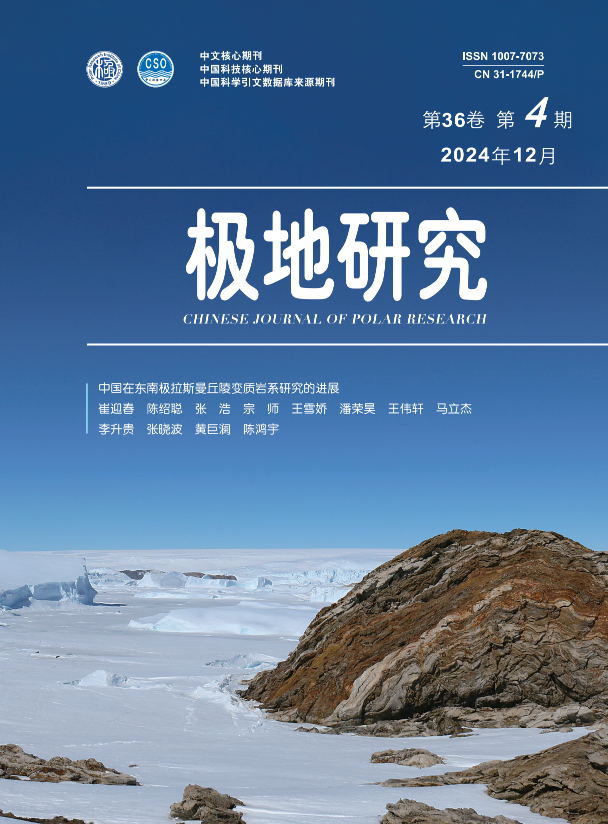|
|
The nutritional composition of six groups of Antarctic krill (Euphausia superba) in the Amundsen Sea#br#
LI Lizhen, HUANG Hongliang, YANG Jialiang, LI lingzhi, JI Qun, HAN Xulei, SONG Wei
2024, 36 (4):
580-590.
DOI: 10.13679/j.jdyj.20240035
Antarctic krill (Euphausia superba) is a well-recognized source of high-quality protein, which has high utilization value in the pharmaceutical chemical industry and as food and aquaculture feed. However, few studies involving comparative analysis of nutrients in different groups of Antarctic krill have been reported. To understand the nutritional composition of Antarctic krill, the levels of general nutrients, amino acids, fatty acids and mineral elements in six different groups of Antarctic krill from the Amundsen Sea were determined by biochemical analysis. There were significant differences in water, ash, crude protein and carbohydrate contents among some Antarctic krill groups, and there were significant differences in crude fat content among the six groups (P<0.05). In addition, in all six groups of Antarctic krill, cystine was not detected among eighteen common amino acids. The total amino acid content and essential amino acid content were the highest in the A11-03 group. The amino acid score and chemical score of essential amino acids in the six groups were both less than 1. The number of fatty acids detected in the A11-03, RA4-06, RA1-02, RA1-00, RA2-02 and RA3-03 groups was 24, 21, 20, 20, 18 and 17, respectively. The content of eicosapentaenoic acid and docosahexaenoic acid was the highest in the RA4-06 group. The six groups were rich in mineral elements, and the contents of major elements and trace elements were significantly different among different groups (P<0.05). In conclusion, the six Antarctic krill groups contained high levels of protein and high unsaturated fatty acids. The nutritional value of the RA4-06 and A11-03 groups was significantly different from that of the other four groups, and the RA2-02, RA1-02, RA3-03 and RA1-00 groups exhibited similar nutritional value.
References |
Related Articles |
Metrics
|

